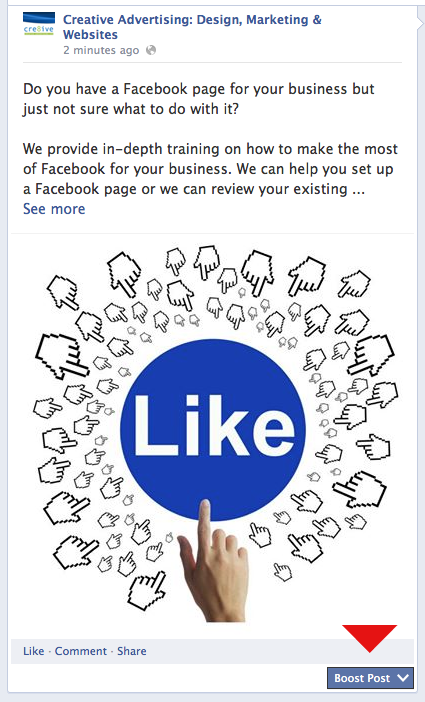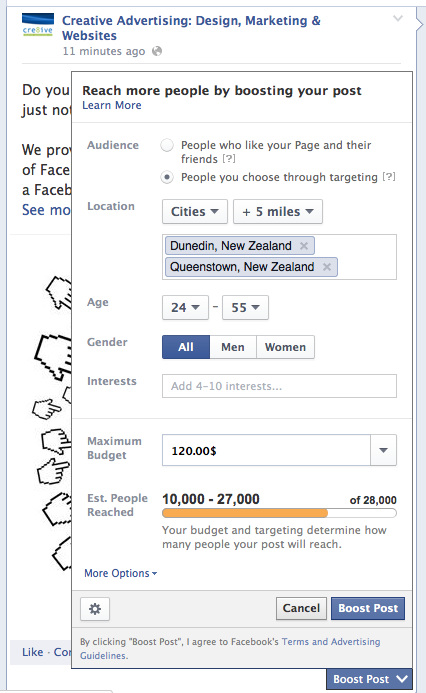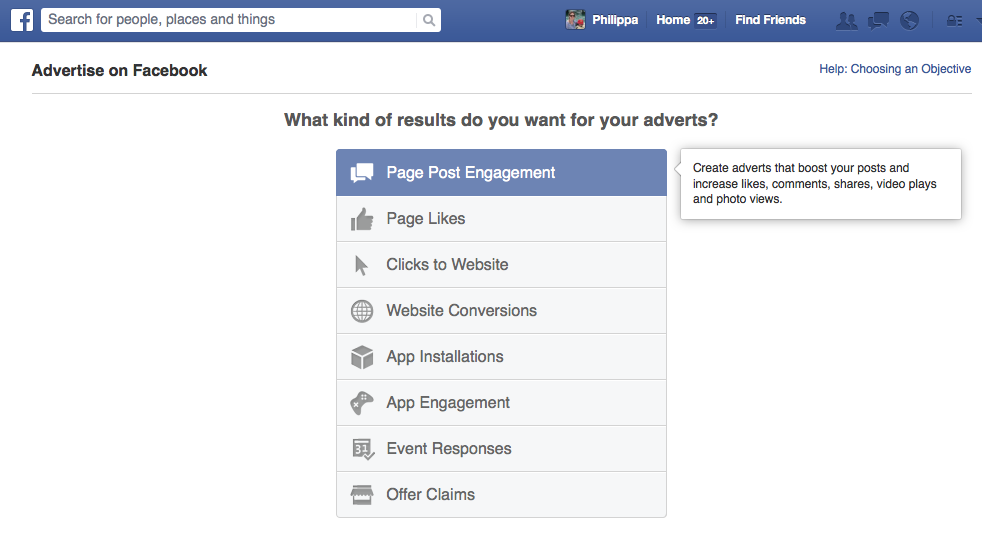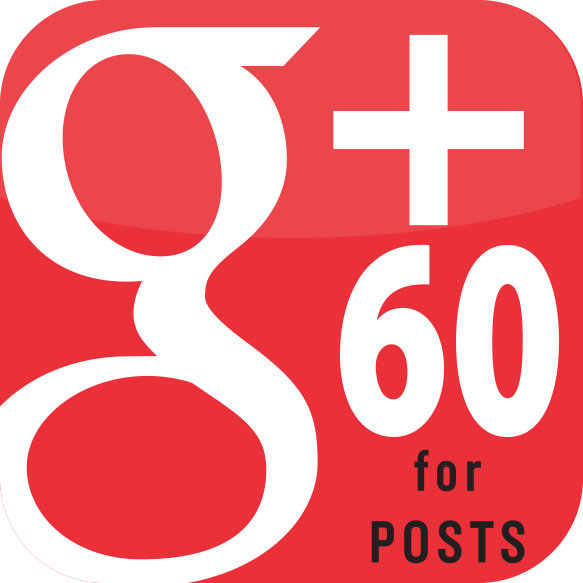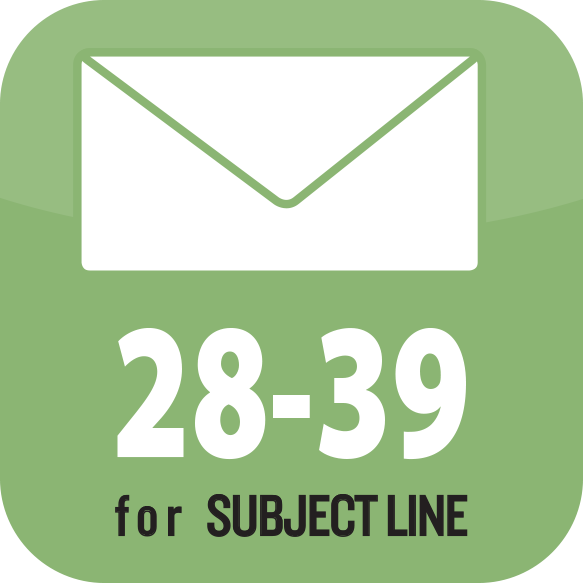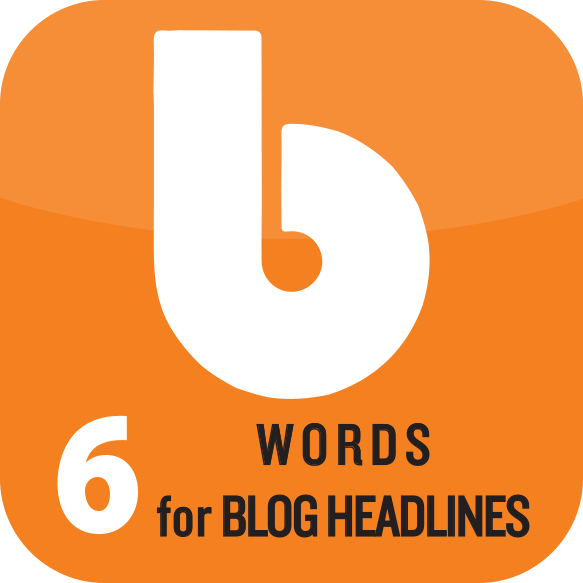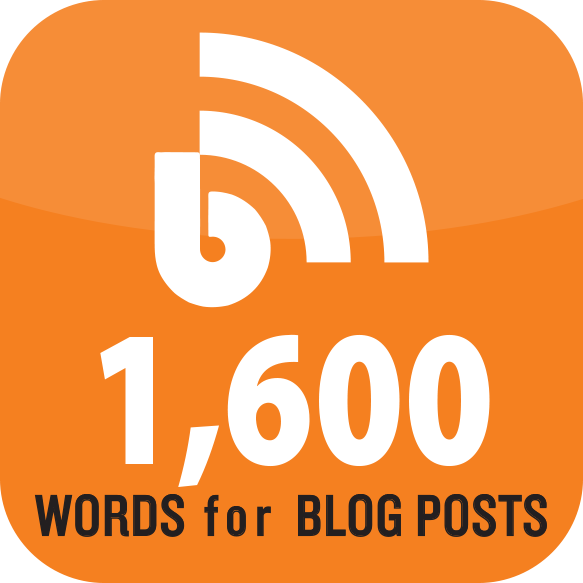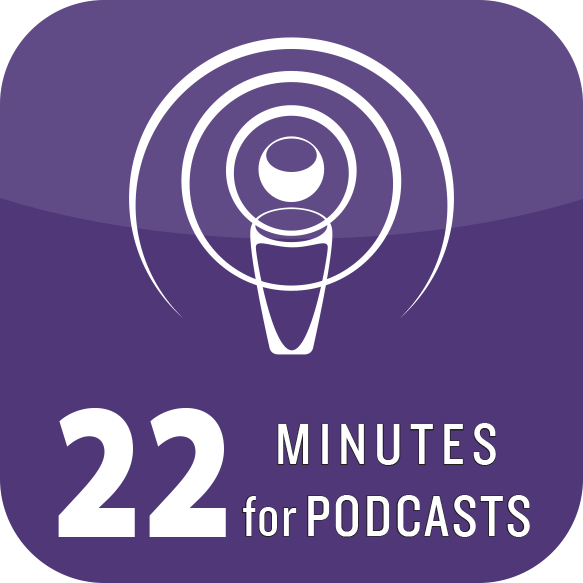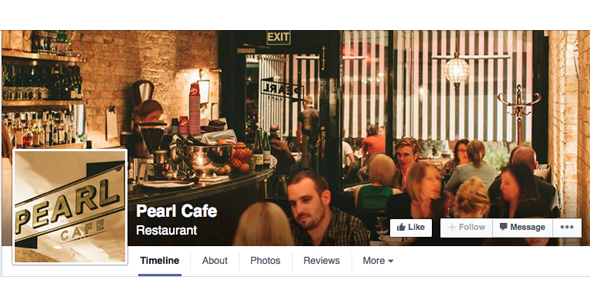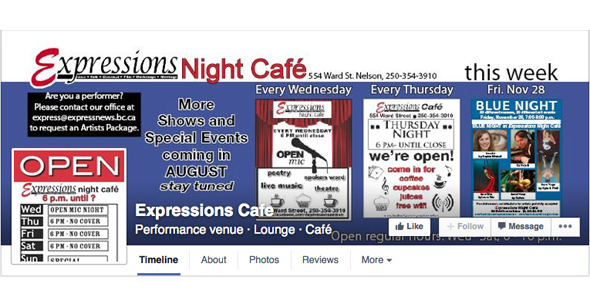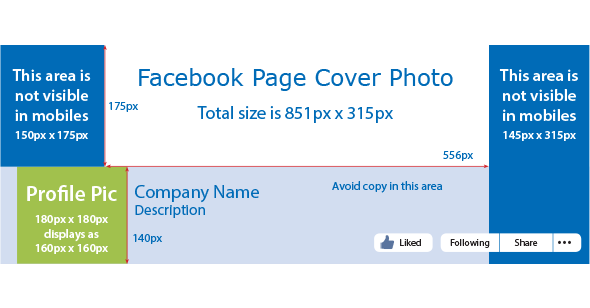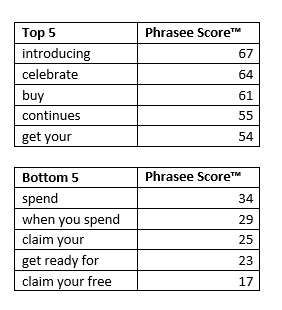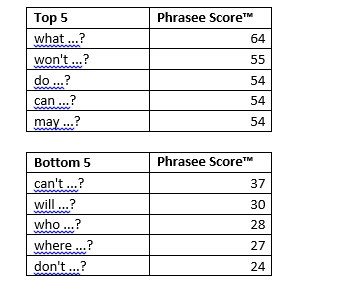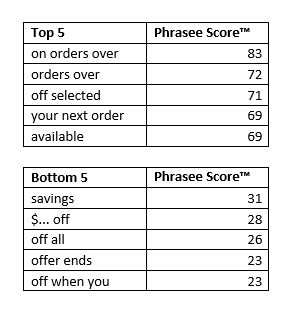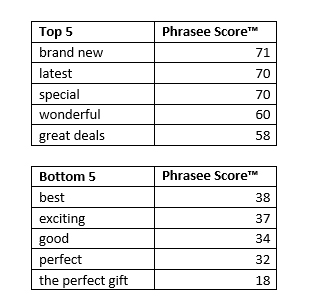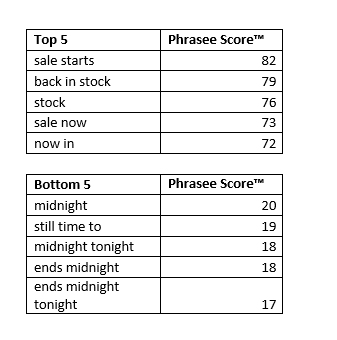The majority of businesses today have a website but how well is it working? Is it drawing in new business and helping to retain existing customers? When potential clients want to research products or services they go online. If the business website does not adequately reflect the quality of your company, then you risk losing revenue opportunities and credibility in the marketplace.
When you are considering building a new site or reviewing an existing website there are some key factors you should include in your process.
1. Website Strategy – you should have a plan for your site, i.e., what are your goals? What are the keywords you want to target? What will be the layout? Get other staff members involved in the planning stage as they may highlight factors you haven’t considered.
2. Define your audience (target market) and listen to them. Tailor your website to appeal to them and find out what your customers want from your site and give it to them. Remember, it’s not about what the company or board think are important but what your customers think is important.
4. Online Research – look at your prospective online competition. What are they doing? What can you learn from others here and overseas and those in different industries? You should always keep a close eye on your competition for new technologies, keywords and new ways to communicate.
5. Make sure you have a well-designed site – this is subjective but there are some golden rules that will always apply: simple, clean and elegant.
6. Protect your brand – make sure your brand is prominently displayed and consistent everywhere it appears on the site. Also, your Brand personality must be on your website. This is where you look at your colours, your typography and all the traits of your brand, to ensure a consistent presentation through your site.
7. A user should be able to easily find what they are looking for. Try not to fill your web pages with unnecessary data – just makes it harder to locate the relevant information amongst the clutter and you end up making your visitor work – eventually they will leave and go to your competition.
8. The content should be current and relevant – allocate a maintenance budget or resources to ensure the site is regularly updated. The content should also have correct spelling, free from typos and grammatical errors.
9. Regularly check your website (customer’s point-of-view) and consider a professional evaluation from time-to-time.
10. Tie in social media intelligently – it shouldn’t dominate your website but it definitely needs to be easily found.
11. Consider how mobile devices – ipads, tablets and smartphones will be able to view your site – ask your web developer if you have a Responsive Design.
12. Promote your website on all marketing material and make use of the Google tools such as Google My Business.
And remember, a website is NEVER finished. A ‘buy it and forget it’ approach just doesn’t work anymore. You have to be constantly updating, refining and optimising. If you’re not keeping pace, you could be losing customers to more dynamic sites.
For further help you can take a look at the website strategy diagram or email philippa@cre8ive.co.nz for assistance.
Please Share




